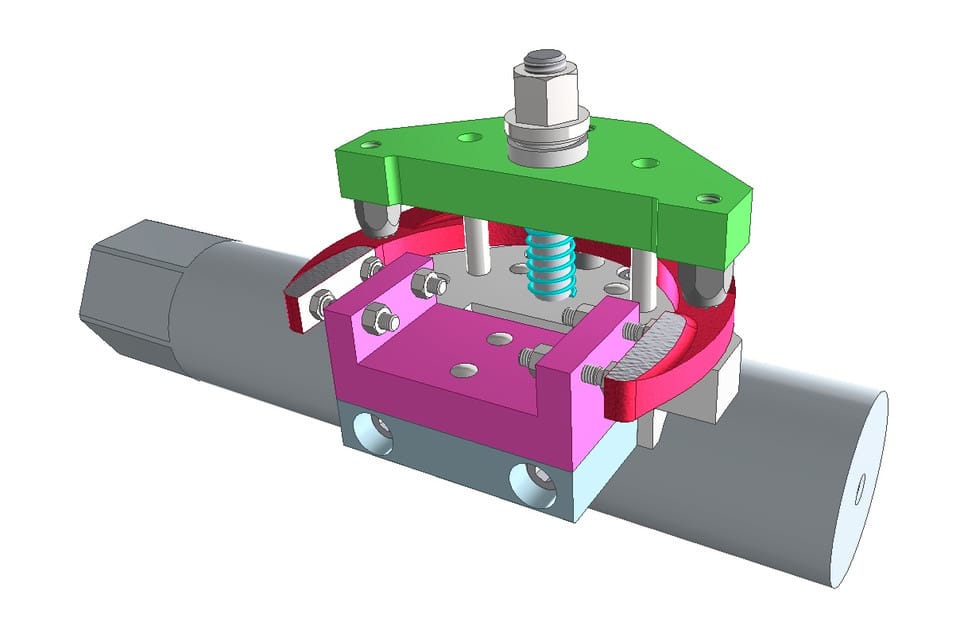
Jigs and fixtures are manufacturing equipment used to produce identical and interchangeable components. These workholding and tool guiding devices are designed for use in machining and assembling parts.
To get the most out of jigs and fixtures, a basic understanding of their construction is essential. Jigs and fixtures are identified in one of two ways: either by the machine by which they are identified or by their original construction. For example, a jig may be called a “drill jig”. But if it is made from a flat plate, it may also be called a “plate jig”. Similarly, mill fixtures made from angle plates may also be referred to as “angle-plate fixtures”. The best place to start a discussion of jig and fixture manufacturing is with all the workholders, which are the main element of the tool body.
In manufacturing operations, it is important to meet the high demands of customers. This means producing quality products as rapidly and efficiently as possible. Jigs and fixtures help to make manufacturing processes more efficient and precise.
By using jigs and fixtures in machining processes, manufacturers benefit from:
- Increased production
- Manufacturing cost reduction
- Better product stability
- Better assembly line safety
- Reduction in non-productive hours
- Proper automation capability
- Interchangeability and accuracy
Usage of Jigs & Fixtures.
- Drilling and tapping: Jigs and fixtures can be used to ensure precise hole placement and depth when drilling and tapping.
- Welding: Jigs and fixtures can be used to hold metal pieces in place during welding, ensuring that they are aligned and that the correct amount of heat is applied.
- Assembly: Jigs and fixtures can be used to hold and position parts during assembly, making it easier and faster to put together complex products.
- Inspection: Jigs and fixtures can be used to hold parts in place during inspection, allowing for accurate and consistent measurements.
While jigs and fixtures work together, they are two different tools used in mass production processes. The two words are often used incorrectly as synonyms but serve different purposes.
A jig controls and directs a cutting tool to work at a predetermined location on a workpiece. Fixtures are used to support and locate the workpiece. Fixtures do not guide the tool on the workpiece like a jig.
Jigs are generally lighter than fixtures, which require additional force to stand up to the cutting force and vibration. While fixtures require clamping and accessories, a jig can be mounted or mounted on a table, depending on the application.
Overall, jigs and fixtures help to reduce errors, increase efficiency, and improve the quality of manufactured products.
We provide best Jig & Fixture design Services. Contact us for know more about the process

